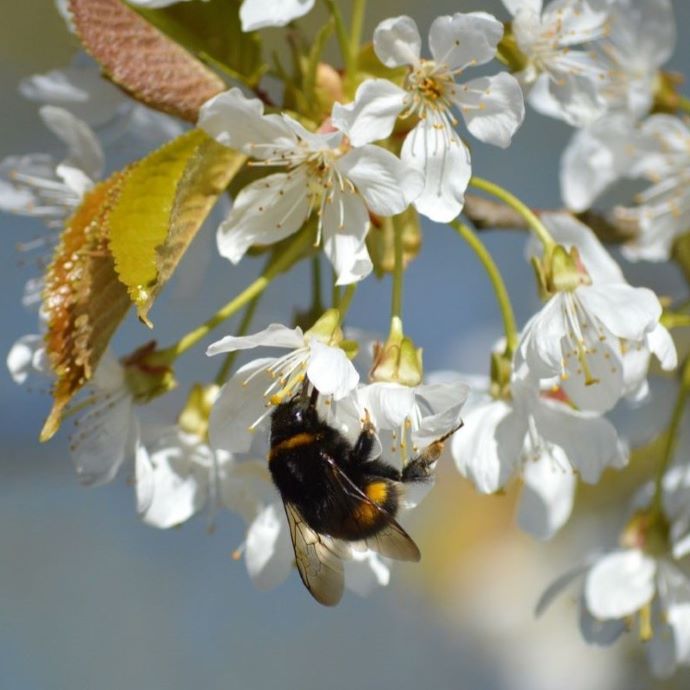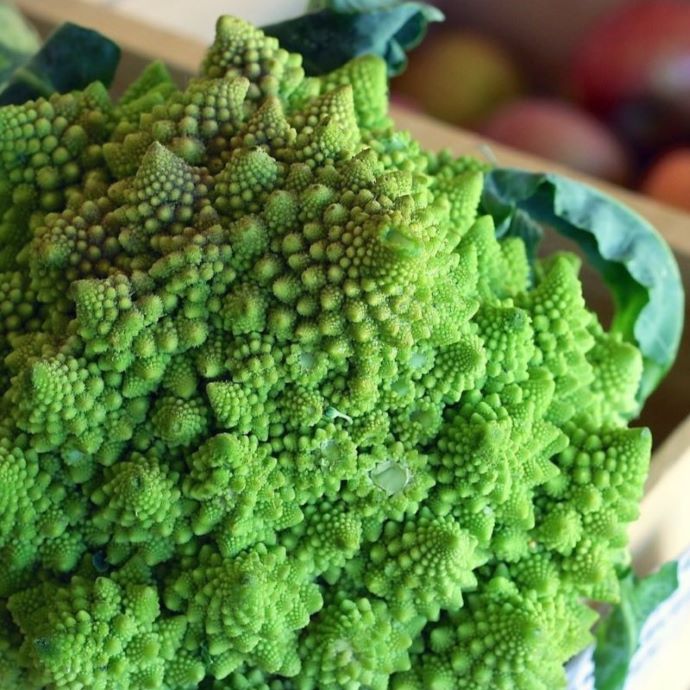Advice & Inspiration
Fig Tree Care

Who doesn’t love a ripe, jammy fig fresh off the tree? We’ve previously written a comprehensive guide to growing figs, so we thought we’d write a follow-up guide for when it comes to the long-term aftercare of your fig tree. So, whether you’re growing your fig tree in the ground or a pot, we’ve got the information you need.
Jump to:
- Pruning ground-grown figs
- Watering ground-grown figs
- Feeding ground-grown figs
- Repotting container-grown figs
- The best pots for fig plants
- Looking after fig plants in winter
- Fig mosaic disease (FMD)
- Scale insects
- Spider mites
Caring for fig plants in the ground
If you’re growing your fig tree in open ground, there are a few things you need to know. Importantly, your fig will develop better fruits if you restrict its root growth using rubble or paving slabs, so make sure you bear that in mind when first planting your tree.
Pruning
Now, we’ve previously written an extensive fig tree pruning guide, including diagrams, so we won’t go into huge amounts of detail here, but rather concentrate on the key take-home points. Fig trees ought to be pruned in summer, with a supplementary trim in winter also recommended, just to keep the plant tidy and free of any dead or damaged material.
For your summer pruning, you want to trim new shoots back to around five or six leaves in June, so that the tree’s crown receives plenty of light and air circulation. For older, more established fig trees, remove crossing, overcrowded branches in their entirety, while other branches that are overly long and bare can be cut back hard to between five and eight centimetres.

Watering
Even established fig trees can benefit from watering during hot, dry spells. However, they’re better able to absorb water and nutrients from the surrounding soil than younger fig trees, thanks to their developed root systems, and so need less water compared with more juvenile fig plants. The volume of water your fig tree requires also depends on soil type and climatic conditions.

Feeding
When it comes to feeding your fig tree, you’ll want to apply a balanced general fertiliser at the start of spring, then mulch with well-rotted manure. Alternatively, you can apply a liquid feed fortnightly throughout the growing season (though this is more common for pot-grown figs, as we’ll come onto).
Caring for potted fig plants
If you’re growing your fig tree in a container, rather than the open ground, then you’ll need to bear a couple of things in mind. Firstly, it will require more watering than ground-grown figs. Any container-grown plant requires more watering than those grown in the ground as the compost dries out more quickly. When fruitlets begin to appear, start applying a liquid feed (either like the one linked above or something like liquid tomato feed) every two to three weeks.
When to repot
Like many potted plants, your fig will benefit from occasional repotting. Every few years, in winter, remove your fig tree from its pot, and either transition it to a newer, bigger pot, or if you’ve reached the size pot you want to keep your plant in, trim down its rootball (a proceed called root pruning) by roughly 25% and then repot it in the same pot with fresh compost (John Innes No. 3 works well).

Best pots for fig plants
When it comes to choosing a pot for your fig tree, you’ve got a few options. First, you can consider using something called a fabric aeration pot. These have the benefit of self-pruning (through air pruning) and greater aeration, however they don’t have the durability or longevity of other pots made from plastic or ceramic pottery. Terracotta pots, on the other hand, last a long time and look fantastic, but are prone to drying out more quickly than other pot types. We like recycled plastic pots, because a) they’re recycled, and b) they’re both lightweight and easy to clean.

Looking after fig plants in winter
If you live in a colder part of the UK, then you can consider bringing your fig plant indoors (if container grown) or covered with horticultural fleece to protect it from particularly harsh frosts. Alternatively, you can choose a variety known for being hardy, like ‘Brown Turkey’ or ‘Bornholm’s Diamond’.
Diseases and pests that affect fig plants
With any luck, your fig tree won’t be affected by any pests or diseases, but on the chance that it is, you need to know what to do. Below, we’ve listed some of the more common problems known to affect fig trees.
Fig mosaic disease (FMD)
Caused by fig mosaic emaravirus, FMD leads to patchy spots on your fig tree’s leaves, typically yellow or light green in colour. Preventative measures include rejuvenation pruning, which gets rid of any weak growth that’s been impacted by the virus, as well as the eriophyid mites which act as the vehicle of transmission.

Scale insects
These pesky little critters often present in the form of waxy bumps on the leaves of the affected plant. Sap-sucking and often causing sooty moulds, it’s worth nipping any potential infestation in the bud before it becomes too problematic. For small numbers, you can simply squish the insects by hand or spray the affected area with a soapy solution.

Spider mites
Another sap feeder, the spider mite, results in the plant developing an unsightly, mottled appearance, and in extreme cases, can even lead to the plant dying (though this isn’t common). Treatment ranges from the use of predatory mites (Phytoseiulus persimilis) to increased humidity through misting. Good plant hygiene – using sterilised equipment and improving air circulation through the plant – is also helpful.
Final thoughts
Now you know how to keep your fig tree in tip-top shape, there’s no reason why you shouldn’t have plenty of delicious figs for years to come. Make sure to check out our recipe for fig, walnut and olive chutney for a delicious way to use up any leftover figs.






















